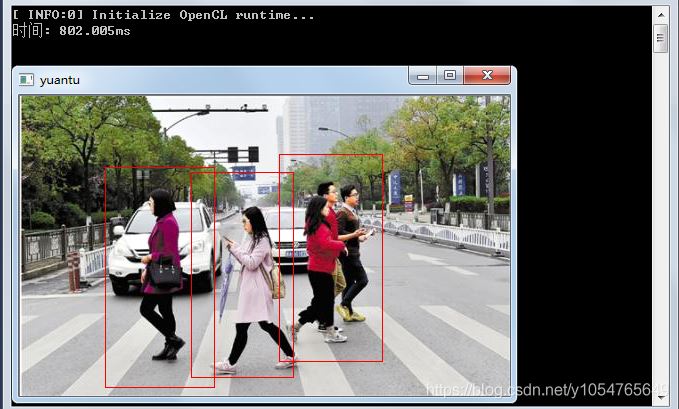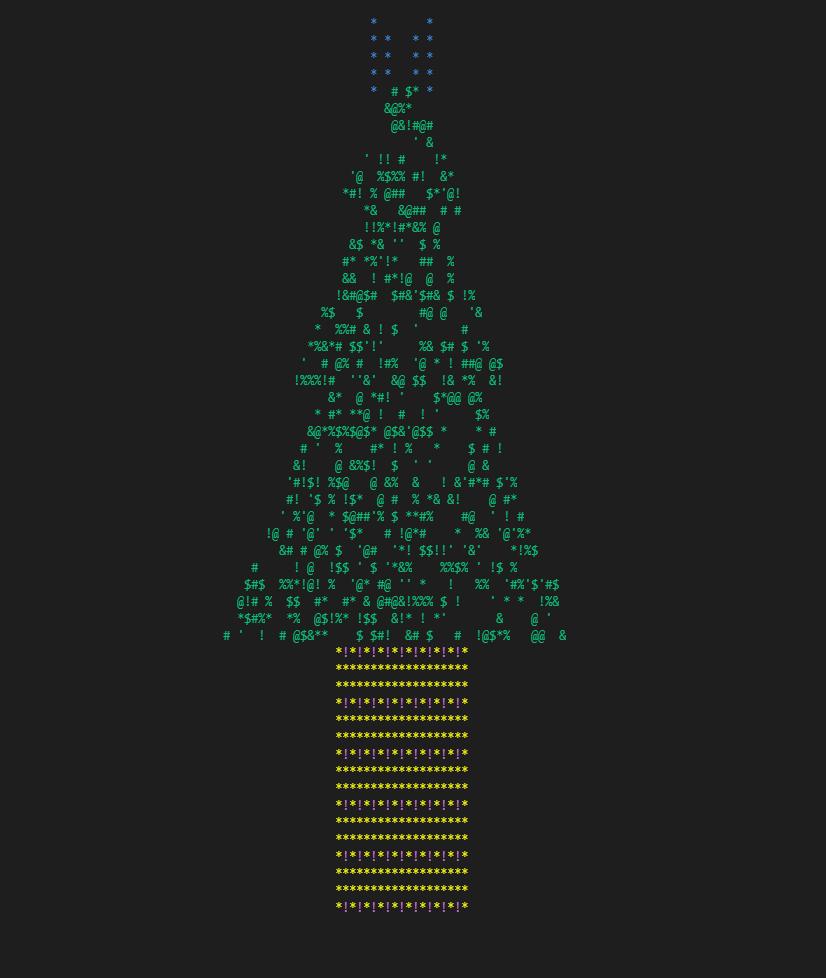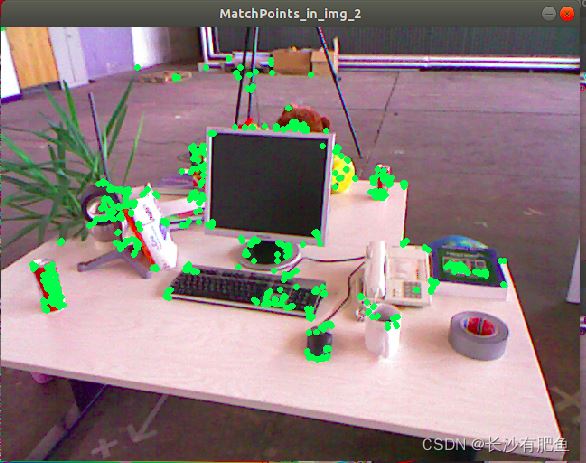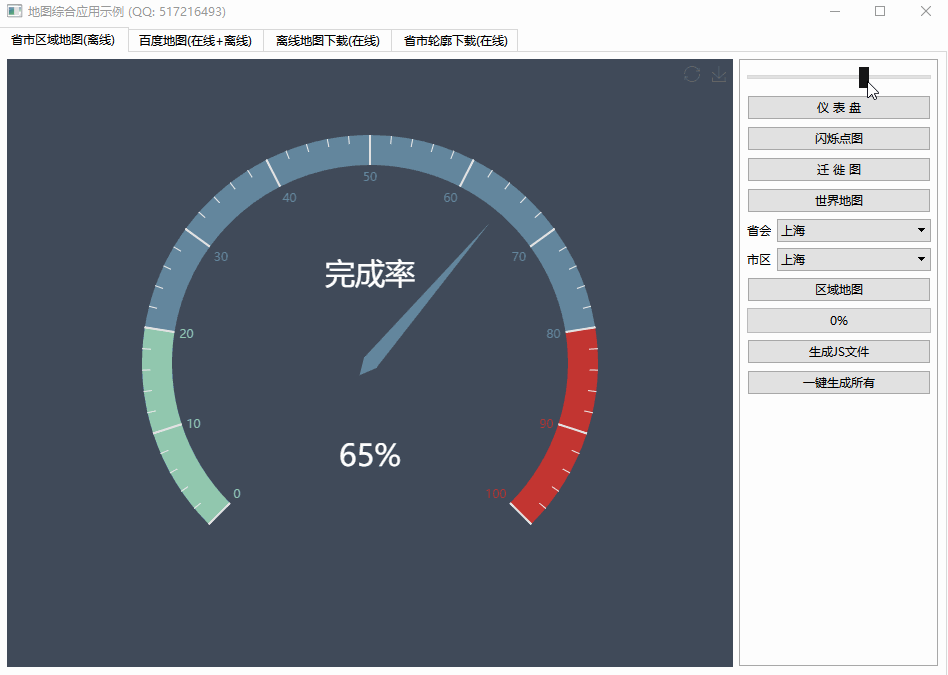Why would buffer overruns cause segmentation faults when accessing an integer?(为什么在访问整数时缓冲区溢出会导致分段错误?)
问题描述
在从函数 A() 调用函数 B() 期间,B() 分配一个 100 字符的数组并多次填充,包括一次使用 101 字符的字符串和一次使用 110 字符的字符串.这是一个明显的错误.
During a call to function B() from function A(), B() allocates a 100-char array and fills it several times, including once with a 101-character string and once with a 110 character string. This is an obvious mistake.
后来,函数 A() 尝试访问完全不相关的 int 变量 i,结果出现分段错误.
Later, function A() tries to access completely unrelated int variable i, and a segmentation fault occurs.
我明白为什么会发生缓冲区溢出,但是为什么我在访问这个整数时会出现分段错误?为什么我不简单地获取垃圾数据?
I understand why the buffer overrun occurs, but why do I get a segmentation fault when I access this integer? Why is it that I don't simply get garbage data?
推荐答案
当A()调用B()时,B的前导指令保存了A的帧指针——位置在 A 保存局部变量的堆栈上,然后用 B 自己的帧指针替换它.它看起来像这样:
When A() calls B(), B's preamble instructions save A's frame pointer—the location on the stack where A keeps local variables, before replacing it with B's own frame pointer. It looks like this:
当 B 超出其局部变量时,它会弄乱将重新加载到帧指针中的值.这是作为帧指针值的垃圾,因此 A 的所有局部变量都被丢弃.更糟糕的是,未来对局部变量的写入会扰乱属于其他人的内存.
When B overruns its local variables, it messes up the value which will be reloaded into the frame pointer. This is garbage as a frame pointer value, so all of A's local variables are trashed. Worse, future writes to local variables are messing with memory belonging to someone else.
这篇关于为什么在访问整数时缓冲区溢出会导致分段错误?的文章就介绍到这了,希望我们推荐的答案对大家有所帮助,也希望大家多多支持编程学习网!
本文标题为:为什么在访问整数时缓冲区溢出会导致分段错误?


基础教程推荐
- 如何在 C++ 中初始化静态常量成员? 2022-01-01
- C++结构和函数声明。为什么它不能编译? 2022-11-07
- 常量变量在标题中不起作用 2021-01-01
- 在 C++ 中计算滚动/移动平均值 2021-01-01
- 这个宏可以转换成函数吗? 2022-01-01
- 如何检查GTK+3.0中的小部件类型? 2022-11-30
- 如何将 std::pair 的排序 std::list 转换为 std::map 2022-01-01
- 静态库、静态链接动态库和动态链接动态库的 .lib 文件里面是什么? 2021-01-01
- 我有静态或动态 boost 库吗? 2021-01-01
- 如何通过C程序打开命令提示符Cmd 2022-12-09

















